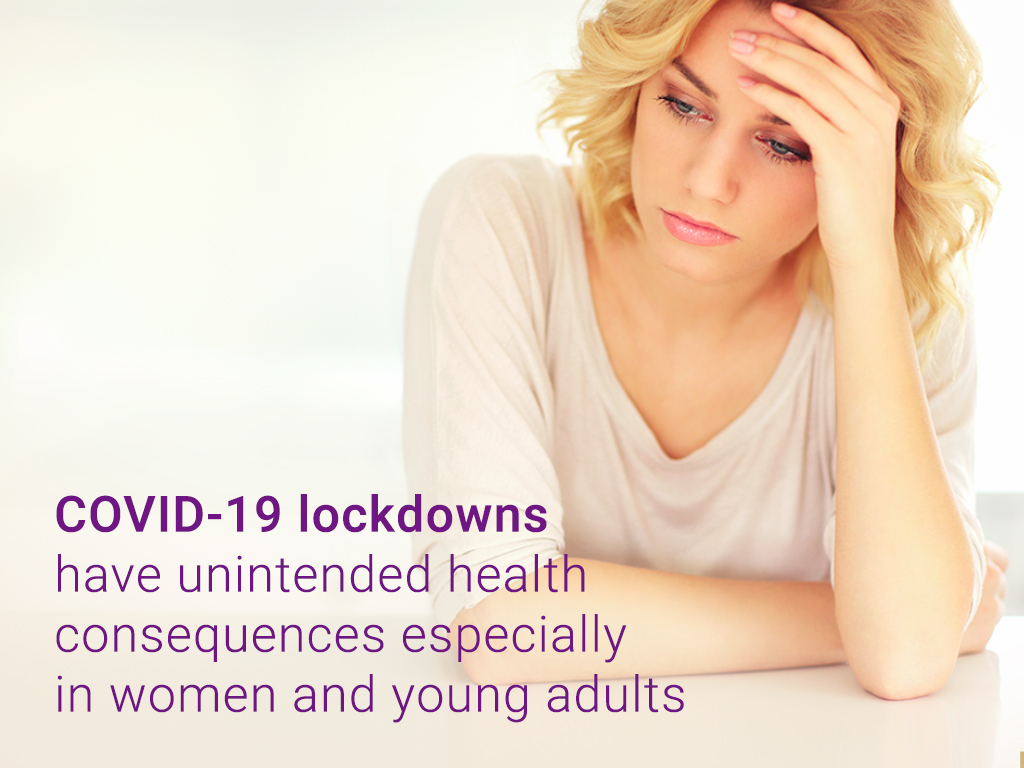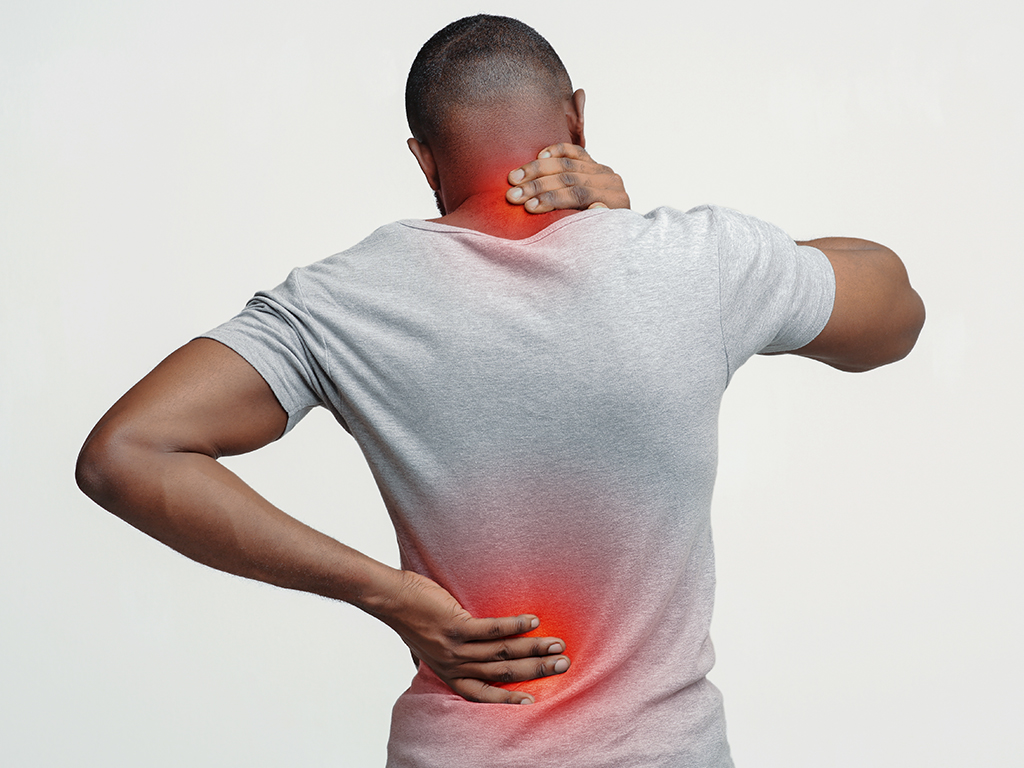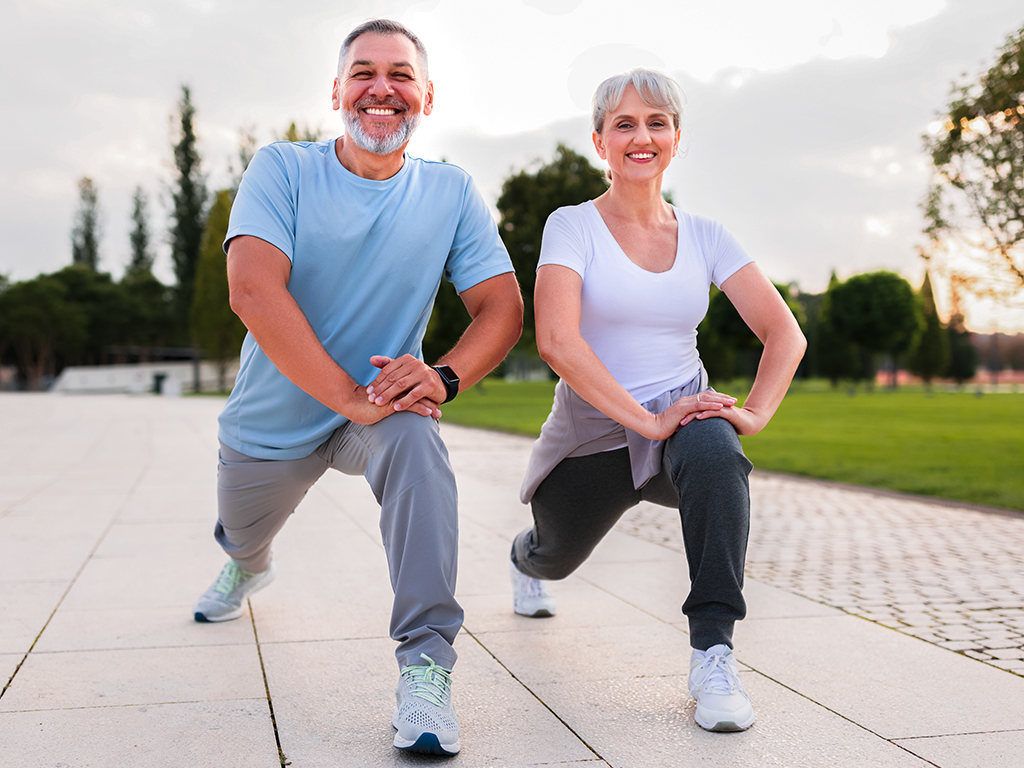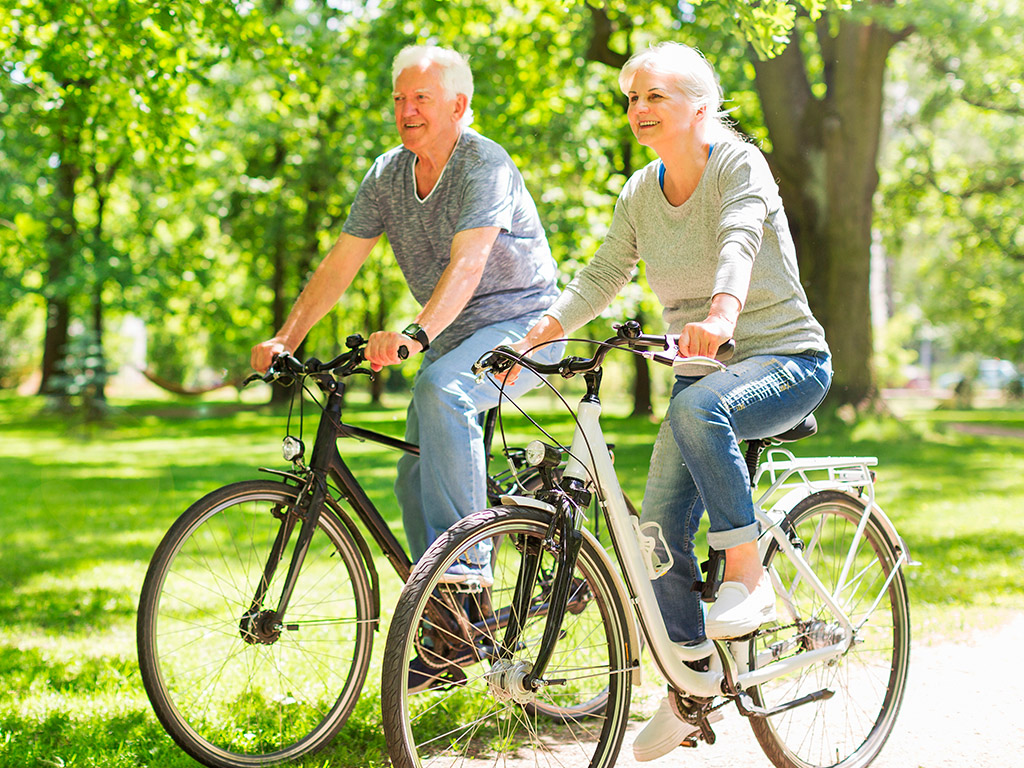As the COVID-19 pandemic took the world by storm in early 2020 and continues to linger, multiple methods have been employed in attempts to slow the spread of the virus and keep the global population as healthy as possible. In the flurry of activity, many of the measures were implemented without much consideration of the consequences—blunting the transmission of COVID-19 was simply too important.
One method, in particular, has been exceptionally controversial on many fronts, including that of mental health. The lockdowns put into place in many communities across the world were intended to reduce the rate of transmission but may have had unintended health consequences.
To determine the accuracy of these assumptions, a study was conducted in the United Kingdom.
The Study
Individuals aged 18 and up were surveyed in four waves. These surveys took place between 2015 and 2020. In all, 27,000 adults were included, and of those, 9,748 had complete data and were eligible for use in longitudinal analysis.
The outcomes that were measured were alcohol consumption, current cigarette use, e-cigarette use, loneliness, and psychological distress. These outcomes were assessed in relation to various associations, as well, including age, education level, ethnicity, and gender
Findings
The study found that lockdowns caused psychological distress to rise within one month of implementation. The rise was significant (19.4% to 30.6%) overall with certain demographics experiencing the increase to varying degrees. For example, individuals of Asian background, those with degrees, women, and young adults were the most affected.
Loneliness did not notably increase, while smoking actually declined. Alcohol consumption, however, increased in both those drinking four or more times a week and those binge drinking.
What it Means
According to this study, the lockdowns implemented around the world in attempts to control the spread of COVID-19 had an overall negative effect on all people, and certain demographics were more likely to experience mental health consequences—namely women and young adults.
At the same time, smoking actually declined in prevalence, but adverse alcohol use increased across the board.
This study only reported on psychological distress one month into the UK lockdown, meaning that there is a possibility of the results being skewed in either direction. Longer or repeated lockdowns could lead to worse mental distressed than observed in the study or have the opposite effect.
However, it is clear that in order to mitigate the negative health impacts of lockdowns, measures must be taken.











